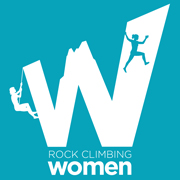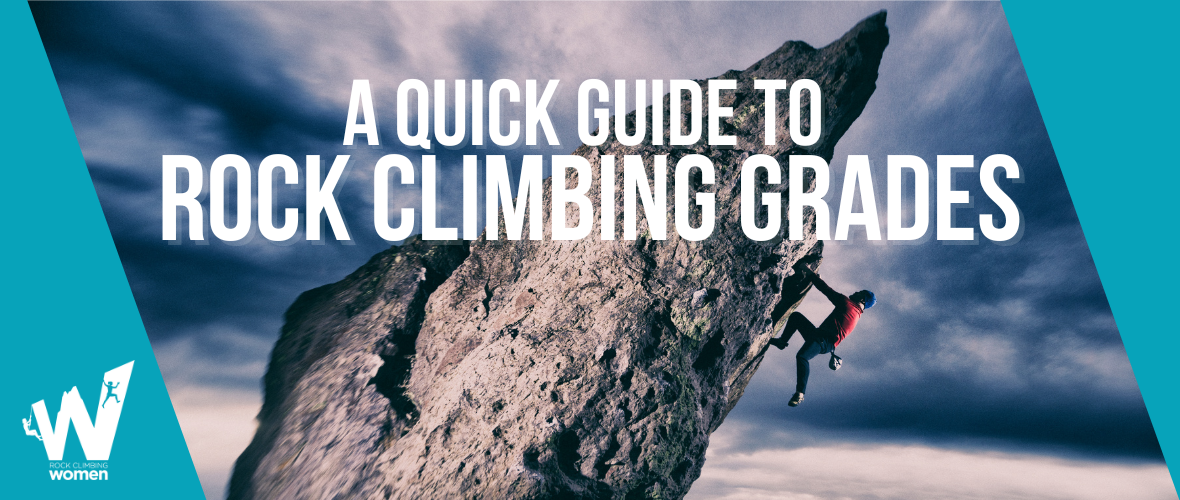Rock climbing has exploded in popularity in recent years, expanding into the Olympics and branching off in its own niched way.
From bouldering in gyms, free soloing, and lead climbing your challenging projects, there’s a different grading system for everything.
You don’t have to travel across an ocean to change up your rock climbing grades. American bouldering gyms and Canadian gyms have similar gradings, but a vastly different range of difficulty.
Projecting a V3 in Canada feels way more like a V5. Why?
We’ll start by saying that every gym has a slight deviation in what they deem “a V2 route.” You might hear your fellow climbers saying a rock gym grades their routes “soft/low” or “hard/high.”
If you’ve been climbing routinely in a soft bouldering gym, you’re sure to struggle a bit on your level in harder graded climbing centers. Don’t sweat it though, it’s all part of the fun. Remember to rock on, chalk up, and stay motivated to crush your routes.
Here’s a summary to get you started in your international rock climbing grading journey.
Today we’ll only dive into the most commonly used grading systems. Harness up!
Rock Climbing Grades Systems FAQ
Sure, you know the different climbing grade systems in the world, but what do they actually mean when it comes to your climbing goals and strategy?
What does 5.10 or V3 mean on a route?
Climbing grades determine the difficulty of outdoor routes at the hardest part of the climb.
You may see a -/+ sign in your guidebook for your intended route; plus, means the grade is consistent throughout the climb; minus, means that only 1-2 spots are as difficult as the crux.
The rest of the climbing on a 5.10- will average a lower difficulty.
I climb a 5.11 indoors, but I am struggling to lead a 5.10 outdoors. Why?
There are countless factors that come into play with a route’s overall difficulty. Indoor grading hardly ever measures up to the real deal in the outdoor rock climbing mecca. Here’s why:
- Weather conditions make routes easier or more challenging.
- Routes can be graded on personal climbing strengths. If the person who set the grade climbs in a technique that isn’t your strong suit, it will be more strenuous for you.
- “It’s more like guidelines than actual rules.” Every climber has their personal strengths and weaknesses. Instead of obsessing over the grade in the guidebook, climb routes that fit your climbing style.
Roped Climbing Grading Systems: YDS, The French System, and Australian Grading
These three systems encompass a majority of bolted routes set around the world. Having a basic knowledge of how these systems work can set you on the right path when you’re looking for a new project in a fresh country.
#1. The Yosemite Decimal System (YDS)
The Yosemite Decimal System, also known as YDS, is used to determine hiking difficulty and sport climbing routes based in North America.
The scale ranges from 1 to 5, with vertical pitches ranking at a 5-level difficulty with a decimal addition.
Every climbing route you attempt will always start at a 5.5+ difficulty, saving the lower decimals for vertical hiking routes.
After the 5.10 grade, there are additional letters and characters (5.10+, 5.10a, 5.10b, etc). Let’s break it down:
| YDS Grade | Difficulty | Characteristics |
| 5.5 / 5.6 | Easy to Moderate |
|
| 5.7 – 5.9 | Moderate to Intermediate |
|
| 5.10 – 5.14 | Expert Level |
|
| 5.15 + | Hello, Beth Rodden! | Very few know as very few have been able to rise to this grade. |
You’ll be sure to see the YDS being used in indoor rock climbing walls and outdoor climbing routes alike in North America — and occasionally in Canada.
#2. The French Rock Climbing Grade System
The French ranking of outdoor, bolted, and sport climbing routes is the dominant climbing grading system to abide by.
Invented in France, and adopted for its simplicity, it spread to become the most widely used grading scale for sport rock climbing routes.
This grading system is not to be confused with the French bouldering grading system, as they differ extremely in their difficulties.
Climbers love the French System because it starts at 1 and currently works its way to 9c.
No decimal points here, only letters and numbers. Here is the range: 1, 2, 3, 4, 4a, 4b, 4c, 5a, 5b, 5c, 6a, 6a+, 6b, 6b+, 6c, 6c+, 7a, 7a+, 7b, 7b+, 7c, 7c+, 8a, 8a+, 9a, 9a+, 9b, 9b+, 9c.
After grade 4, letters become introduced. The difference between a 5b and 5c is solely dependent on how often you train and how many other climbers have conquered that route.
Still bewildered? Check out the science behind the plus sign here!
#3. The Australian System (Ewbank)
The Ewbank grading system is perhaps the most logical system of them all — no letters, decimals, or special characters are needed.
Vertical climbing grades start at 11 and work up to 39 (comparable to 9c/5.15d)
Bouldering Climbing Grade Systems: The V Scale and the Font Scale
The US and Europe are rocky when it comes to agreeing on a bouldering scale, so here are two different grading systems and what to expect.
The V Scale
North America uses the V scale in its indoor rock gyms and outdoor bouldering routes. Starting from V0 (entry-level) to a hefty V16, there’s constant room for improvement. The lower the number, the easier the bouldering route.
When bouldering for the first time, you will always begin on a V0. There are visible, sturdy handholds and deep-rooted foot chips. You won’t need to shift weight or balance. It’ll be a fast pass to the top.
However, bouldering grades get surprisingly difficult quite quickly. Many climbers plateau at a grade of V3-V5 and find themselves training more routinely to hit their base projects. Plus, it’s an open-ended grading scale; there is no top difficulty level. As more climbers progress in their bouldering expertise, the grades are sure to build in amount.
Below is a summarized version of the V-scale:
| V Scale Grade | Difficulty |
| V0 | Entry |
| V1-V3 | Beginner |
| V4-V9 | Intermediate |
| V10-V14 | Advanced |
| V15+ | Expert |
The Fontainebleau Scale (Font Scale)
Named for its legendary bouldering areas in France, the Font Scale is used throughout Europe and surrounding areas.
The Font Scale is also open-ended and will build in time. In the present day, the max level is 9A (comparable to V17). It’s safe to say you’d be hard-pressed to find an outdoor bouldering route with a Font Scale grading of less than 3.
Spot any similarities?
Since both the French sport climbing grade system and the French bouldering grade system function on letters and numbers, the mere difference is the capitalization of the bouldering grades. 7A is a sport climbing route and 7A is a bouldering route, with contrasting difficulties.
Below is a short comparison of difficulty and Font Scale rock climbing grades:
| Font Scale Grade | Difficulty |
| 4 to 5+ | Beginner |
| 6A to 6C+ | Intermediate |
| 7A+ to 7B+ | Advanced |
| 7C to 8A+ | Expert |
| 8B and up! | Legend |
Before You Go, What’s the Hardest Route in the World?
As of 2022, the route deemed “The Silence” is the most challenging sport climbing route with a grade of 5.15d or 9c.
Adam Ondra climbed it successfully in 2017, and no other climber has risen to the task since.
Want more rock climbing info and tips? Sign up for our newsletter below!
McKenzi Taylor founded Rock Climbing Women in 2013 after moving to a new city as a new climber seeking more climbing partners (and new friends!). Since her first taste of climbing in Spearfish Canyon, SD, McKenzi has been at the rock face seeking and sharing the thrill of climbing. She credits the support of a consistent climbing partner and community as the motivation to continue developing her skill, whether it’s trad, sport climbing or bouldering. A full-time business owner and mother, McKenzi’s on a mission to get her kids outside and learning to adventure alongside her.


